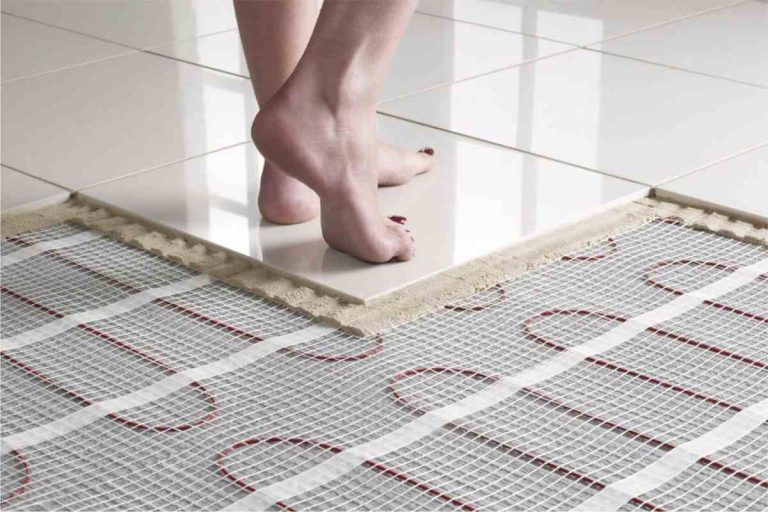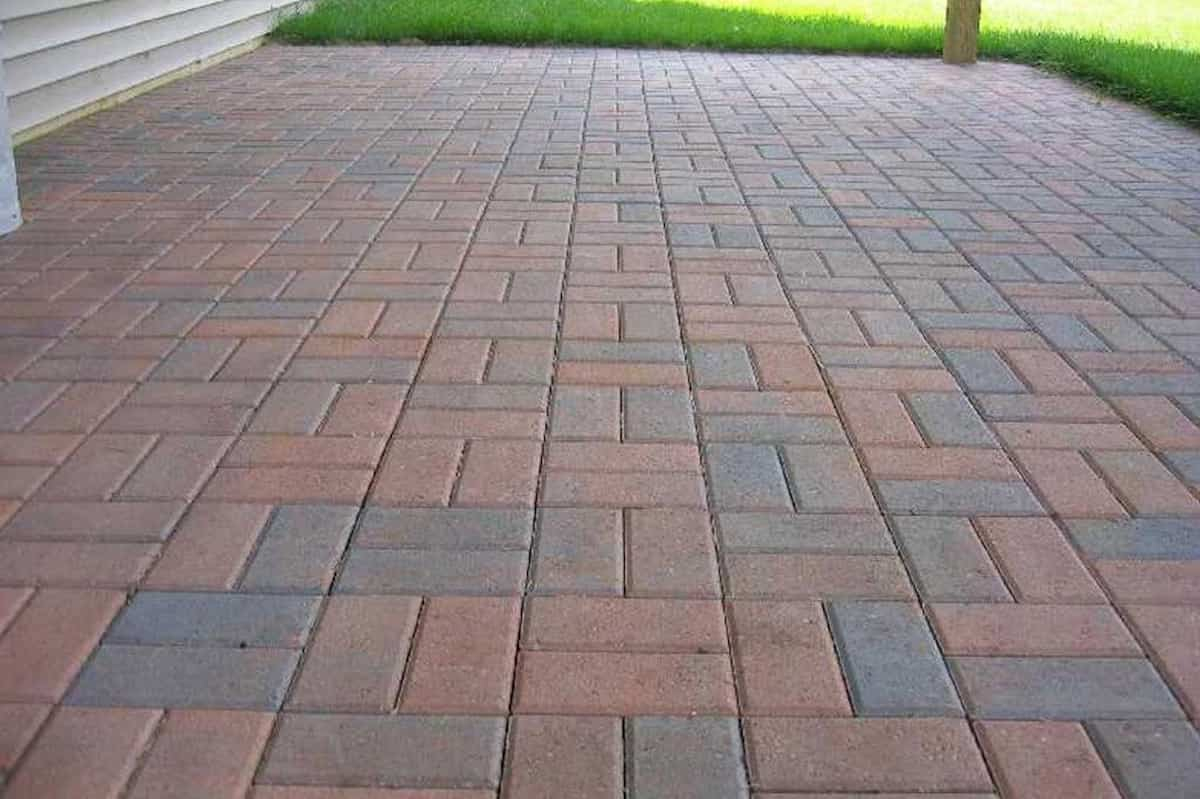Using tiles as a covering for heated floors is a common approach. Ceramic tiles are a practical choice for underfloor heating because they are not only easy to clean, but because they are handy, they are commonly installed in bathrooms and kitchens.
Underfloor heating, in all its forms, including piped water systems and thin-wire underfloor heating, is increasingly becoming a competitor to traditional radiators as a method of providing room heat.
A high-quality underfloor heating system that saves wall space and heats the room more efficiently is an excellent choice for building projects such as extensions and renovations.

Tiles and underfloor heating make a great combination because of the features they share. Due to the high thermal conductivity of the tiles, the heat is transferred to them quickly and makes the area warmer in a short period of time.
Additionally, tiles have strong heat retention properties that increase the overall efficiency of your underfloor heating system.
Not all are created to the same standards. In addition, this includes things like tiles. Due to their unique characteristics, several types of tiles are excellent choices for use in underfloor heating.
Because they are able to do this with the least amount of effort and the most efficiency, hard surfaces such as stone or ceramic tiles are the ideal choice for use as flooring for underfloor heating systems.
Stone and ceramic tiles are the best tiles for underfloor heating because they have the highest thermal conductivity of other flooring materials and can quickly transfer energy from the UFH heating pipes to the floor surface.
Ceramic or porcelain can be used to make floor tiles. However, both types start with clay that is baked, then fired, and finally glazed to create a smooth surface that is barely sufficient for use as flooring. On the other hand, the two are not even remotely comparable due to the significant gap between them.
Clays with deeper colors are used in the production of ceramic tiles, while clays with subtler colors are used in the production of porcelain.
The clays used in the production of porcelain are more refined than the clays used in the production of ceramic tiles.
Additionally, to make these soils harder and more durable, they are often mixed with additional minerals such as quartz, feldspar, and sand. Ceramic tiles are fired at a lower temperature than required for porcelain tiles.

The complete appearance of a design that uses ceramic or porcelain tiles can also be different depending on the type of tile used. Ceramic and porcelain tiles can be obtained in almost any color or design imaginable.
However, porcelain tile patterns usually cover the entire tile, while ceramic tile designs are only applied to the surface of the tile. Ceramic tiles are more durable than porcelain tiles.
When a hot water or electric underfloor heating system is installed, ceramic and porcelain tiles are the best choice to use as a floor covering due to their resistance to heat transfer.
As floor tiles are good thermal conductors, they ensure that the heat generated by underfloor heating is quickly and efficiently distributed throughout the space.
Tile flooring is not only durable and resistant to wear and tear, but also has a surface that requires very little maintenance.
The inherent coldness of tile floors can be overcome by installing underfloor heating, which makes the room more comfortable and pleasant.
When heated by an underfloor heating system, ceramic and porcelain tile floors heat up immediately and retain heat for a long time due to the high thermal conductivity of these flooring materials.
Because ceramics and porcelains have low thermal resistance and high thermal mass, heated tile floors are especially great for heating areas that experience significant heat loss, such as gardens and other rooms. This is because ceramics and porcelain have a large thermal mass.

It’s important to remember that the amount of time it takes to heat up a room will vary based on the thickness of the ceramic or porcelain floor tile you’re going with.
Porcelain and ceramic tiles can withstand temperatures up to 84°F (29°C). This temperature is ideal for any part of your home, including the bathroom.
Limestone: Of the many stone flooring options, limestone installation requires the most precision and attention to detail.
Slate: It is a natural material that has high conductivity and works well as a cover for underfloor heating systems.
Marble: It is an excellent conductor and may be found in different thicknesses.
The use of ceramic tiles or flooring made of natural stone completes the maximum performance of the floor heating system. It enables effective and efficient heat transfer.
In installations with underfloor heating, tiling or natural stone floors are long-lasting and low-maintenance options. Tile flooring with underfloor heating may also be useful in open-concept kitchens and living areas.
When choosing coatings made of ceramic tiles or natural stone, it is necessary to ensure that the material is compatible with the underfloor heating system.

The vast majority of companies explain on their websites which of their tile types are suitable for use in underfloor heating. Compared to natural stone, tiles made of porcelain or ceramic are superior floor coverings for use in underfloor heating.
Installing tile over heated floors may warm up a room quickly and help retain heat more effectively, regardless of the type of tile you choose to install over heated floors.
If you are installing heated tile flooring in your bathroom, utility room, entryway or garden, it is no longer necessary for these spaces to be extremely cold.



